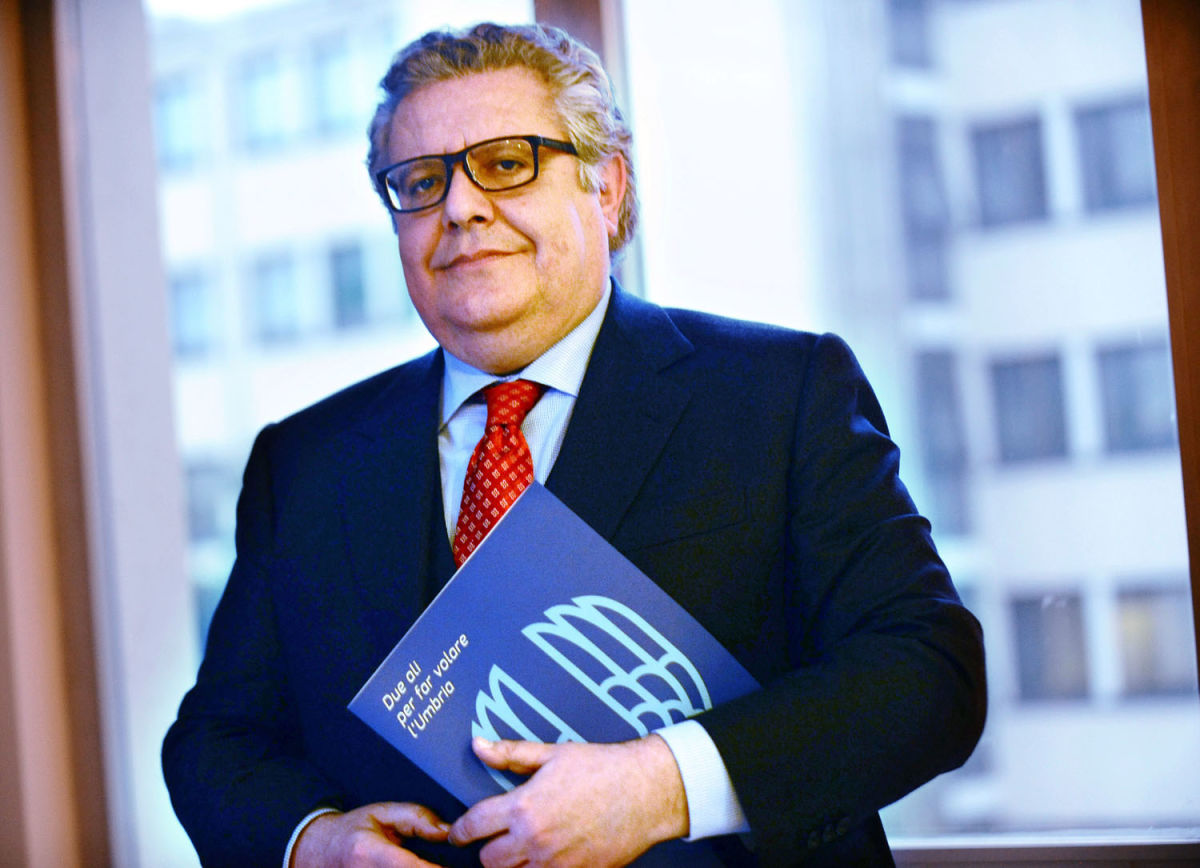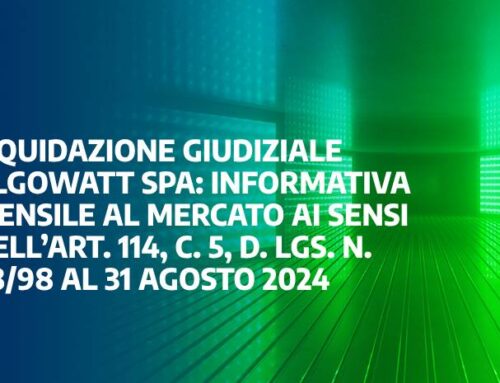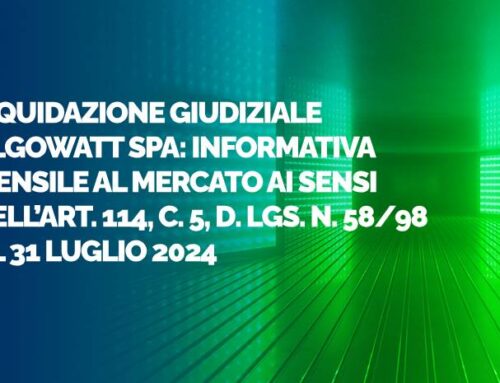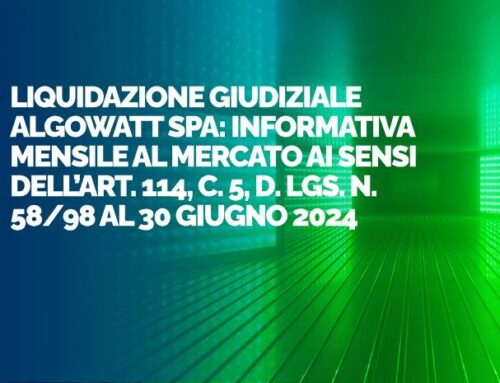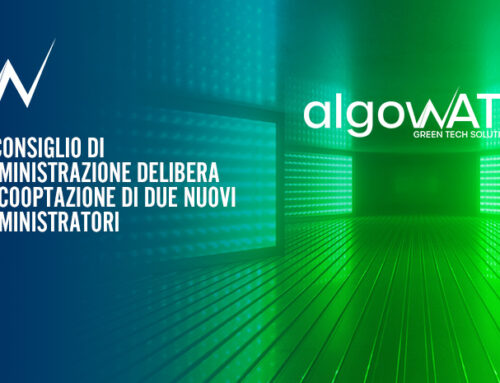The strategic reasons for our turnaround
By Stefano Neri*
There is a clear choice at the base of the Recovery Plan that TerniEnergia is now defining in detail. It is a decisive industrial turnaround, which leads the Company and its Group to remain in the prevailing energy sector but to distinguish themselves as an innovative player in the Information Technology sector.
For digital energy a disruptive development
The fast development of digital energy is one of the few certainties that can be identified at the moment in the electricity sector. The energy transition has involved and still involves proof and rapid changes. These make investments, that are based on the certainty that one energy source will prevail over others in the medium and long term much, more risky than in the past. In less than a decade, renewable sources, which were intended by many as expensive niches of compensation for the expansion of nuclear power, are emerging as real economic alternatives to nuclear power itself, and to fossil fuels.
From this uncertainty, which today allows us to glimpse the “coexistence” of different energy sources, derives a greater attention to what already exists and which involves lower investments and risks. In particular, we are referring to the grids, whose load and use prospects are unprecedented, as well as to the leading role played by end-users. The latter will determine new target functions of the energy system. These functions are already being identified and are destined to grow in a disruptive manner, especially with the progress of storage systems, which will also change the current concept of continuous balancing. In this context, the intelligence of the networks and of all the components of the energy system assumes a pervasive role of primary importance. Sensors, software, data processing, IoT are no longer something outside the energy sector.
The impact of digital is already topical
Digital energy is destined to increasingly permeate this sector, which requires speed, quality and efficiency, both for the different production systems and for distribution and consumption. It is no coincidence that in the U.S.A. the greatest growth in turnover in the energy sector is seen in the IT sector, which until recently had an absolutely auxiliary and marginal role in it. However, it would be a mistake to believe that the near future of the energy sector is governed only by these technological aspects.
The regulatory choices, in fact, constitute (together with the uncertainty about the source of production that will “win” the challenge of the transition) elements of uncertainty related to the definition of objectives. And these objectives, as we already see, go beyond the protection of users. They tend and will tend to safeguard the economic stability of the major operators. They will also, and increasingly, tend to incorporate further and new goals. Energy is linked to interests underlying environmental protection, safety, mobility and, more generally, quality of life. This can make the energy transition longer and more costly, and can paradoxically lead to a further inertia of what already exists in the system precisely because of the costs.
Horizontal energy contamination by IT solutions
It is true, however, that this broadening of the scope will make it possible to organise emerging needs, to aggregate them and to make them visible. Even in this problematic perspective, the role of IT is fundamental and growing. This is true even if we consider the difficulties and the time needed to coordinate the local balance (of the energy community) with the needs, so far essential, of the existing hierarchical system.
In conclusion, the growth of an IT sector specialized in energy is not linked to the future improvement of what we call energy transition, smart grid, smart city, smart mobility, etc., but is now an imperative need of the present, in any case.
The integration of industry and “intelligence” in the Group Plan
The strategic choice of TerniEnergia, which began with the acquisition of Softeco Sismat, with which the merger is expected, takes into account all this and the value that a medium-sized Italian company can add with its over two hundred and fifty specialized technicians with a history of innovation that continues. In particular, by bringing together Softeco’s IT skills and TerniEnergia’s energy skills.
The Recovery and Relaunch Plan is the expression of a conscious strategic choice, driving force of change.
*Chairman and CEO TerniEnergia

